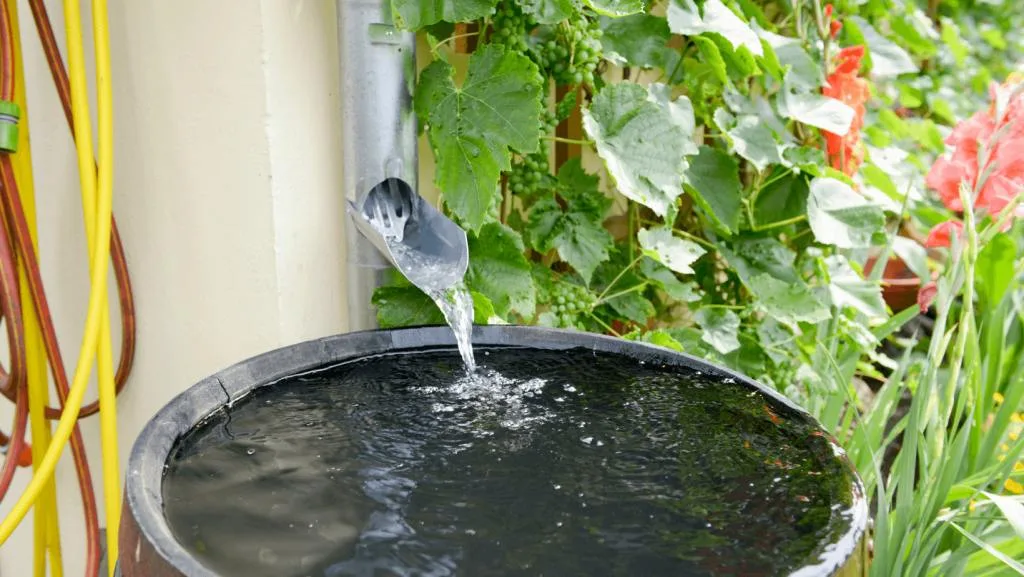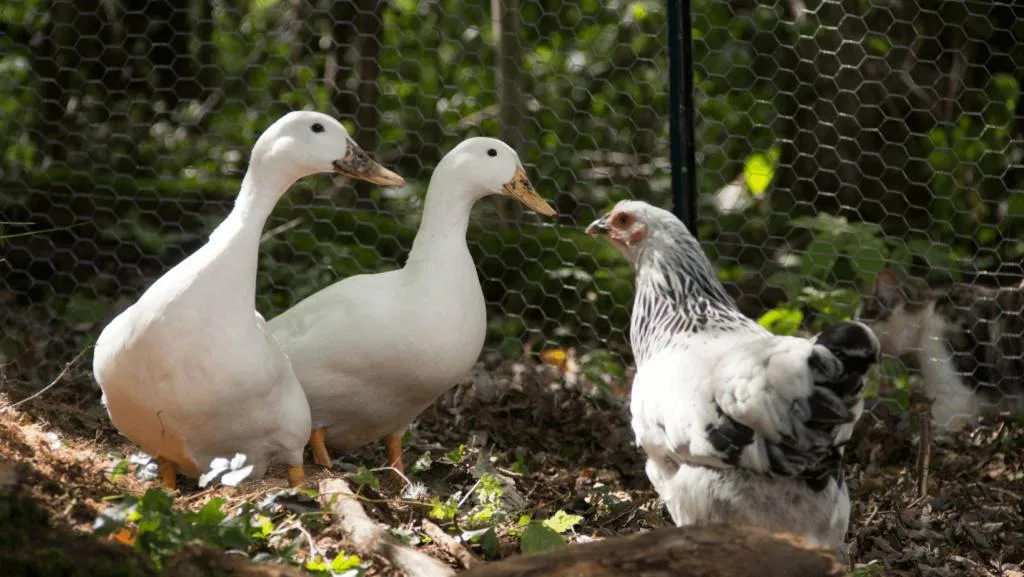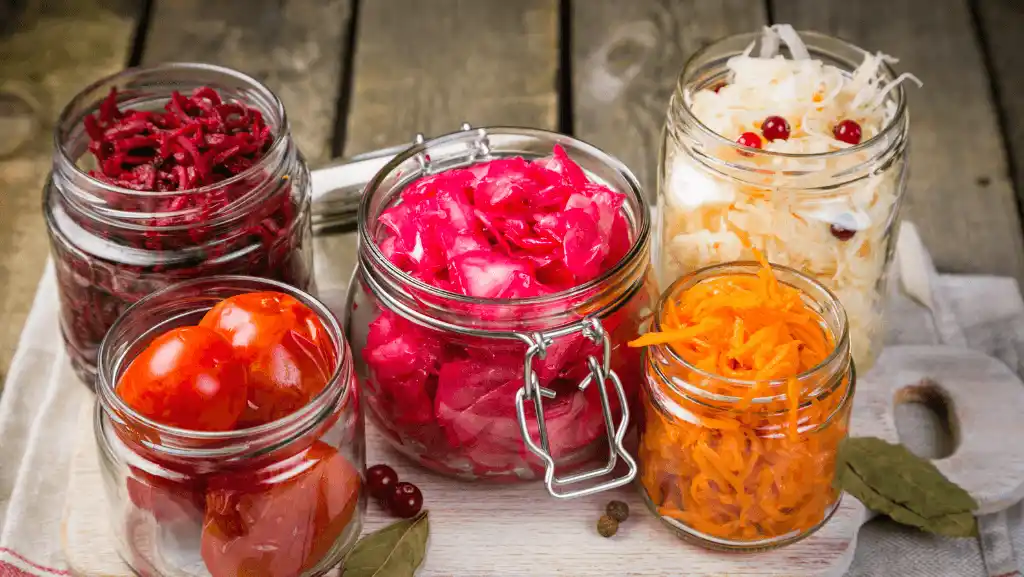Every self-proclaimed homesteader has a moment when they decide that homesteading is the lifestyle they want to pursue. It’s a glorious moment! But it can also lead to a lot of frustration if you don’t live where traditional outdoor homesteading activities are possible.
Fear not, though – there are many ways to start homesteading before you actually have a homestead! Keep reading to find out how to prepare mentally for your homesteading lifestyle, in addition to building skills you will need to be more self-sufficient.
What is homesteading?
Homesteading has many different meanings – in fact, my idea of homesteading may very well be different than yours. And that’s okay! In the most basic sense, homesteading is a lifestyle of self-sufficiency with a commitment to scaling back reliance on other people, businesses, systems, and products to survive and enjoy daily life.
Some general examples of homesteading that come to mind are: growing your own food, raising animals for milk, eggs, or meat, making your own clothes, or making homemade cleaners and soap.
Some more specific examples are: using a rain catchment system to collect water, heating your home with a wood stove, using that same stove to cook food or heat water for other purposes, creating herbal supplements out of foraged plants, orienting your house and windows to best utilize solar heat, and installing a composting toilet.
There are many more homesteading activities, but before we get into the nitty-gritty here are some general questions you should ask yourself first.

Why Do You Want To Homestead?
The answer to this question will direct all decisions you make moving forward in your homesteading journey. Most likely, being more self-sufficient is one reason since that is the basic premise of what homesteading is. However, what are any other more particular reasons you may have?
Maybe you want to homestead to:
- Know and control where your food comes from
- Be more proactive in helping the planet/environment
- Have a getaway from your regular job
- Be able to quit your job and reclaim your freedom
- Reduce waste
- Live simpler
These are just some reasons that immediately come to mind. Your overarching homesteading goals will determine how much of a lifestyle shift you’ll have to make, what skills you should learn, and what kind of property you should look for.
For us, we are getting into homesteading to live a simpler, more fulfilling life in a location that brings us joy and peace. A major goal of ours is to be as self-sufficient as we possibly can. This means building an off-grid house utilizing reliable systems (such as wood stove for heat and hot water, composting toilet, etc) that don’t require much maintenance or specialized knowledge to repair.
We intend to nurture and design our land according to the principles of permaculture and forest farming. Our goal is to develop a closed-loop system on our property where no natural resources go to waste, and no additional outside resources need to be brought in for the purposes of growing our food, fertilizing our garden, etc.
Additionally, we’ve realized that noise truly disrupts any and all enjoyment we receive from our time at home (and we spend a lot of time at home), so we want to get as far away from neighbors or other noise-producing sources as possible (unless of course they are natural noises like birds, rustling leaves, and streams!)
With those goals in mind, we have not only been dreaming up but actually taking proactive measures to plan our homestead before we even have it. This is why goals are so important to figure out in the beginning.
To What Extent Do You Want To Homestead?
By “extent,” I mean how dependent are your homesteading plans on the landscape, size, or location of your property?
If you are stuck in a house or apartment that simply cannot accommodate outdoor homesteading activities, this is an important question to consider, as it will influence what kind of property you look to move to next.
For example, raising chickens requires less space and resources than raising chickens, goats, and cows. Growing a vegetable garden requires less space, planning, and direction than what is needed to nurture an entire food forest.
Keep in mind that homesteading is possible on as little as a quarter acre of land! So, anything larger than this really opens up the possibilities. Some things to think about when deciding to what “extent” you want to homestead are:
- It’s easier to scale down than to add property later on.
- Zoning is important – particularly if you’re looking to stay in/near a city or town. Most municipalities and townships require certain zoning or permits to raise animals, sell excess produce, or build another structure on your property.
- Off-grid homes may require more land to store certain equipment and resources that are not needed for on-grid homes.
- Solar panels require specific orientations and access to plentiful sunlight, which certain properties may not provide the conditions for, particularly if you want free-standing panels.

What are your priorities?
After you’ve figured out your overall homesteading motives and goals, it’s time to prioritize. This is key to successfully begin and transition into homesteading while spending the least amount of money possible.
The main thing to remember when prioritizing (as hard as it might be!) is that you can’t do everything at once, and it won’t all get done right away.
With that being said, here are the 5 main considerations to think about when prioritizing your projects, renovations, landscaping, etc.:
1. Importance
Think of this in terms of necessity vs. want. For example, a want would be: your house is livable when you move in, but you’d like to renovate a couple spaces or systems later on. A necessity might be: an installed and working well, so you either pass over properties that don’t have one or you pay to put one in or find an alternative water source.
2. Cost
Of course this is a big factor for any project, and it will vary depending on your financial situation. My only advice is to avoid going into debt at all costs.
3. Time
How long will each project take?
4. Tools
Do you have all the tools necessary to complete each project? If not, will you need to purchase them? Or can you borrow or rent them? Don’t forget to consider this when outlining project costs.
5. Season
Is there a certain season your projects need to be done? This is most relevant for climates with challenging winters that put most things on hold.
Shift your mindset
Shifting your mindset to one focused on self-sufficiency and sustainability is key to succeeding with your homesteading journey. This mindset differs substantially from what is popular in the society around us. Consumerism is shoved down our throats at every possible moment, both on purpose and accidentally.
13 Ways To Start Homesteading Before You Have A Homestead
1. Read
Reading is the absolute best way to learn about homesteading. There are tons of books out there about every subject imaginable – from homesteading on less than an acre in suburbia, to managing woodlots tens to hundreds of acres in size, to fermenting, to building your own house and beyond.
Here are some of our favorite books to get you started:
- The Resilient Farm and Homestead by Ben Falk
- The Backyard Homestead by Carleen Madigan
- The Self-Sufficient Life and How To Live It by John Seymour
2. Preserve Food
A huge part of growing your own food is being able to preserve it for as long as needed after it’s harvested. Even if you don’t currently have a vegetable garden, you can practice food preservation techniques with store-bought produce.
The most common ways to preserve fresh produce are:
- fermenting
- pickling
- canning
- freezing
- dehydrating
- drying
Fermenting and pickling are the easiest to start with, in my opinion. All you need are some mason jars, vinegar, and salt to get started.

3. Start gardening or keeping house plants
Did you know you can grow vegetables inside? If you have nowhere to plant an in-ground vegetable garden outside, try your hand at some indoor (or porch) veggies. If you don’t have a spot with adequate sunlight, get some shade-tolerant house plants instead or some lights specially made for growing plants! This is a great way to start perfecting various methods to care for plants.
4. Try some DIY projects
Not only are some DIY projects awesome for building homesteading skills, but they’re fun too! Here are some to try out along with links to helpful articles:
- Making soap – click here to learn more.
- Learning to sew or knit – click here to learn more.
- Making household cleaners – click here to learn more.
- Candle-making – click here to learn more.
- Build a birdhouse (will help with basic construction skills!) – click here to learn more.
5. Cut down on waste
We should all be doing this anyway! It is especially important when consciously making an effort to be more self-sufficient. There are many ways to reduce your waste, starting with adjusting your buying habits.
Stop replacing items or appliances just because they are getting old – use them until they no longer function properly. If something breaks, try to fix it before automatically replacing it. Before buying a replacement, ask yourself if you truly need whatever it is, or if it’s just a convenience to have.
Buy less stuff. There are so many things we buy because we can, when we really don’t need them. When you truly need something, buy the highest quality version. Note: we didn’t say the highest priced version, though all else equal it usually is a higher cost upfront to buy something that will last. Investing the extra money upfront for the highest quality version will reduce your waste and give you peace of mind that your purchase was worth it. We do caution that cheap, meaning little value, can still be an expensively priced product. Sometimes a lower priced version of a product can still be of high value.
The correct way to think about products you need to purchase is to consider the lifetime cost of ownership. That is, how long will it actually cost you to own a product throughout its usable life, which will save you money in the long run. For example, let’s say a product costs $100 and lasts 5 years. And another alternative of that same product costs $125 and lasts 10 years. If you paid 25% more for the more reliable, higher-priced product, you would have actually saved $75 over the lower cost product TWICE during a 10 year period. That’s not necessarily a lot, but it adds up quickly when you think about all of the things you have to buy!
What we use to cut through the noise when it comes to making quality purchases is Consumer Reports. They are unbiased and independent, so no company can pay to purchase the review for its product. To get full access to all of their content, you do have to pay to be a member, but we find the cost to be very fair and well worth it.
6. Start planning meals
Planning meals is our least favorite “chore,” but we definitely see the value in doing it ahead of time. Deciding what to eat for a week or two at a time saves time, money, and every day grief of having to decide what to make for dinner.
If you ever plan on trying to grow enough food to sustain you and your family for the entire year, meal planning is an invaluable skill to have. In order to grow enough food, you must know how much food you actually need. Keeping track of meals, shopping lists, and what food you actually buy each month is a great way to get a head start before you’re at that stage.
7. Compost
Composting is not just limited to outdoors on a big property. You can compost inside your house or apartment by either vermicomposting or aerobic composting. Both bins require little space and can be homemade. Check out this phenomenal, comprehensive guide to find out more about composting indoors.
If you don’t want to make an actual compost bin indoors, it’s still worth collecting food scraps to dispose of somewhere outside, even if it’s not an actual compost pile. When we didn’t have a compost pile or indoor bin, we collected our vegetable scraps (finely cut up to decompose faster), egg shells, and coffee grounds in a 5-gallon bucket. When it got full, we’d dump it out in a patch of woods near our apartment. If this is an option for you, I’d highly recommend it. It is a good way to reduce waste in your trash can and, when done properly, it can provide nutrients and fertility to a probably degraded forest, which may allow more plant varieties to grow there.
8. Find ways to enhance the environment you already have
By “enhance,” we mean evaluating and harnessing what beneficial features your yard or living space has. You will need to get creative, but that’s part of the fun.
For example – at our last rental, we had a propane wall mounted heater in the main living room, and electric baseboards throughout the rest of the house. Electric baseboards are notoriously inefficient, expensive to use, and can smell bad when running.
So, after experimenting with our heat settings and analyzing utility bills, we decided to only keep our baseboards on their very lowest temperature so no pipes would freeze. We used a space heater in our bedroom for 1-2 hours when we first went to bed (after that it got cold but it didn’t matter because we were asleep and like it chilly anyway!). Other than that, we relied mostly on our propane heater during all other times of the day because it was the most efficient heating source available to us, and we barely used rooms that weren’t heated by it.
Instead of complaining and saying “I wish I had this kind of space or this landscape feature,” think critically to come up with creative solutions to make what is available to you more efficient. This goes for both inside and outdoor spaces (if applicable).
9. Embrace frugality
We are socially conditioned to always want more. And that the answer to any of our problems is by simply buying the solution. Not only is this way of thinking unnecessary, but it is detrimental to a self-sufficient and resilient mindset.
10. Learn or improve basic skills
You know, the practical skills we were never taught in standard school curriculum. Construction, cooking, sewing, tools, car mechanics, plumbing, electrical, baking, sketching, journaling, etc. Any new skill you can learn that does not involve being tied to a computer or phone will benefit you on a homestead. The digital detoxing will also make your life more enjoyable and satisfying!
For more homesteading information, check out some of our other articles:
– How To Get A Land Loan For Your Homestead
– 16 DIY Compost Bin Designs
– 23 Raised Garden Bed Designs


Off-Grid vs On-Grid Power Explained - Modern Day Self Reliance
Saturday 4th of February 2023
[…] out some of our other homesteading articles:– 10 Ways To Start Homesteading Before You Have A Homestead– Financing An Off-Grid Property With A Land […]
Financing An Off-Grid Property With A Land Loan - Modern Day Self Reliance
Tuesday 27th of September 2022
[…] out our other Homesteading articles:– 10 Ways To Start Homesteading– Lacto-Fermentation For Beginners– 24 DIY Vertical Garden Designs– How To Start […]
What Is Permaculture? An Introduction To Regenerative Gardening - Modern Day Self Reliance
Monday 26th of September 2022
[…] a way of life that tries to imitate natural processes as closely as possible. Anyone interested in homesteading, landscaping, gardening, and becoming more eco-friendly will benefit greatly from learning more […]